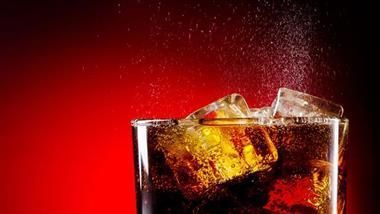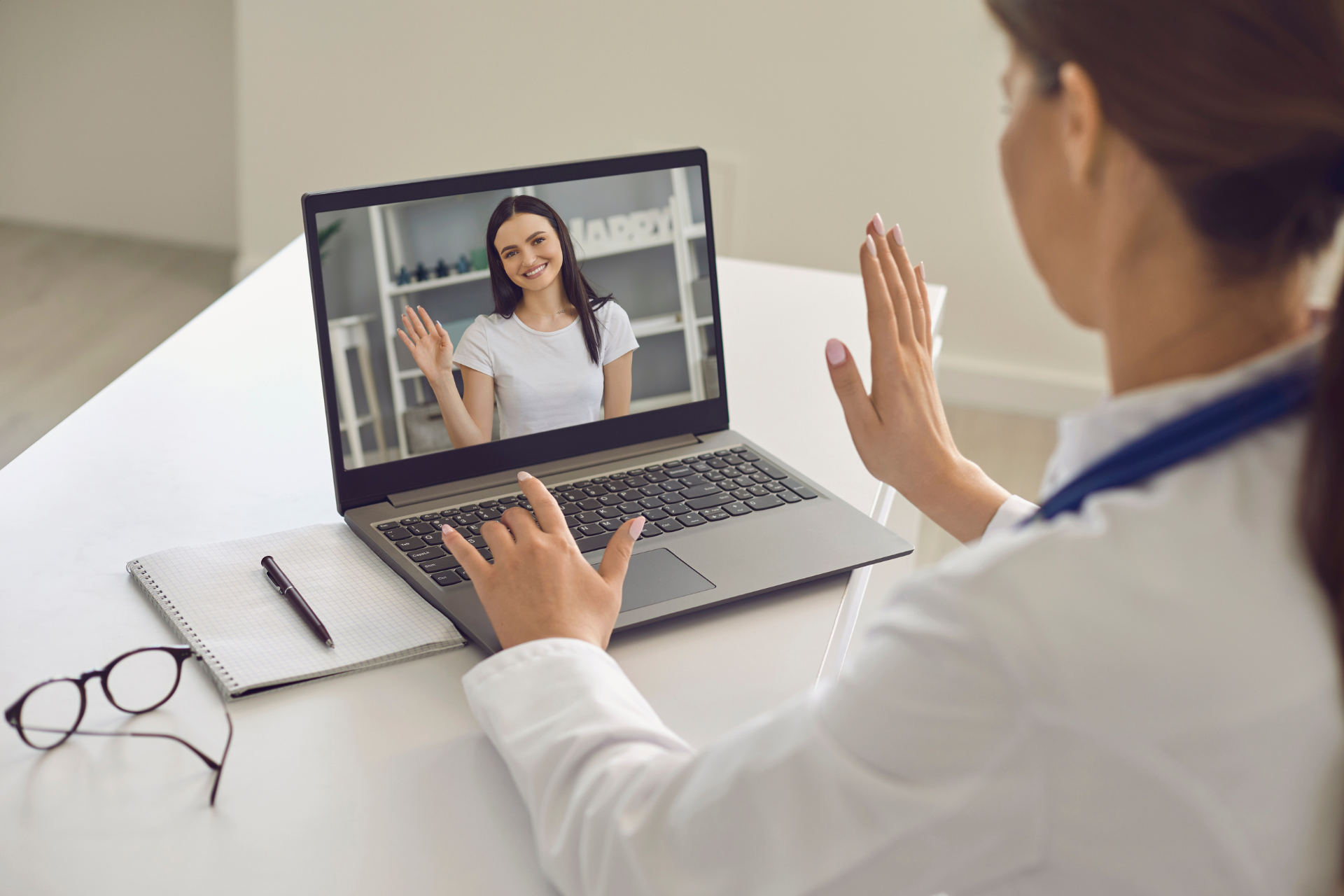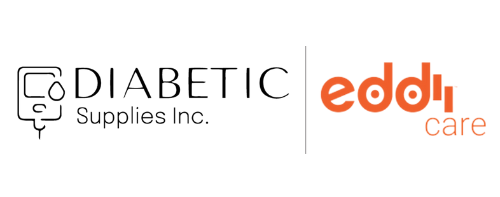Top 7 Meal Delivery Services for People with Diabetes
Key takeaways:
- Meal delivery kits offer a convenient way to get the nutrition you need without spending hours in the kitchen, and options are available for many different eating patterns.
- When choosing a meal delivery program, be sure to consider the nutritional information, flexibility, and price plans.
- Several meal delivery companies offer diabetes-friendly plans, which tend to be lower in carbs and higher in fiber and protein.
Picture this: It’s 7 p.m., and you’ve just arrived home from a grueling day at work. You’re hungry, tired, and ready to plop down on the couch. Normally, you open up the refrigerator and several odds and ends stare back at you – peanut butter, eggs, and pickles.
With relief, you realize that your meal delivery kits are waiting for you in the fridge. After just a few minutes of heating in the microwave, there will be a delicious meal ready for you.
Managing diabetes, a job, and other responsibilities is a lot – and there might not always be time to prepare homemade meals. Fortunately, there are many meal delivery services tailored to meet the nutritional needs of people with chronic diseases, including diabetes.
Meal delivery services are prepared meals that are delivered to your home or office. These kits come in all shapes and flavors: heart-healthy, plant-based, dairy-free, low-carb, you name it. Some meal delivery programs are more focused on taste, whereas others are more centered on nutrition. Medically tailored meals are typically created by a team that includes clinical staff, such as registered dietitians, and offer options for people with diabetes, heart disease, kidney disease, or other health conditions.
We spoke to Sarah Hormachea, a registered dietitian and certified diabetes care and education specialist (CDCES) at Nourish, to understand what to look out for when choosing a meal delivery service for diabetes.
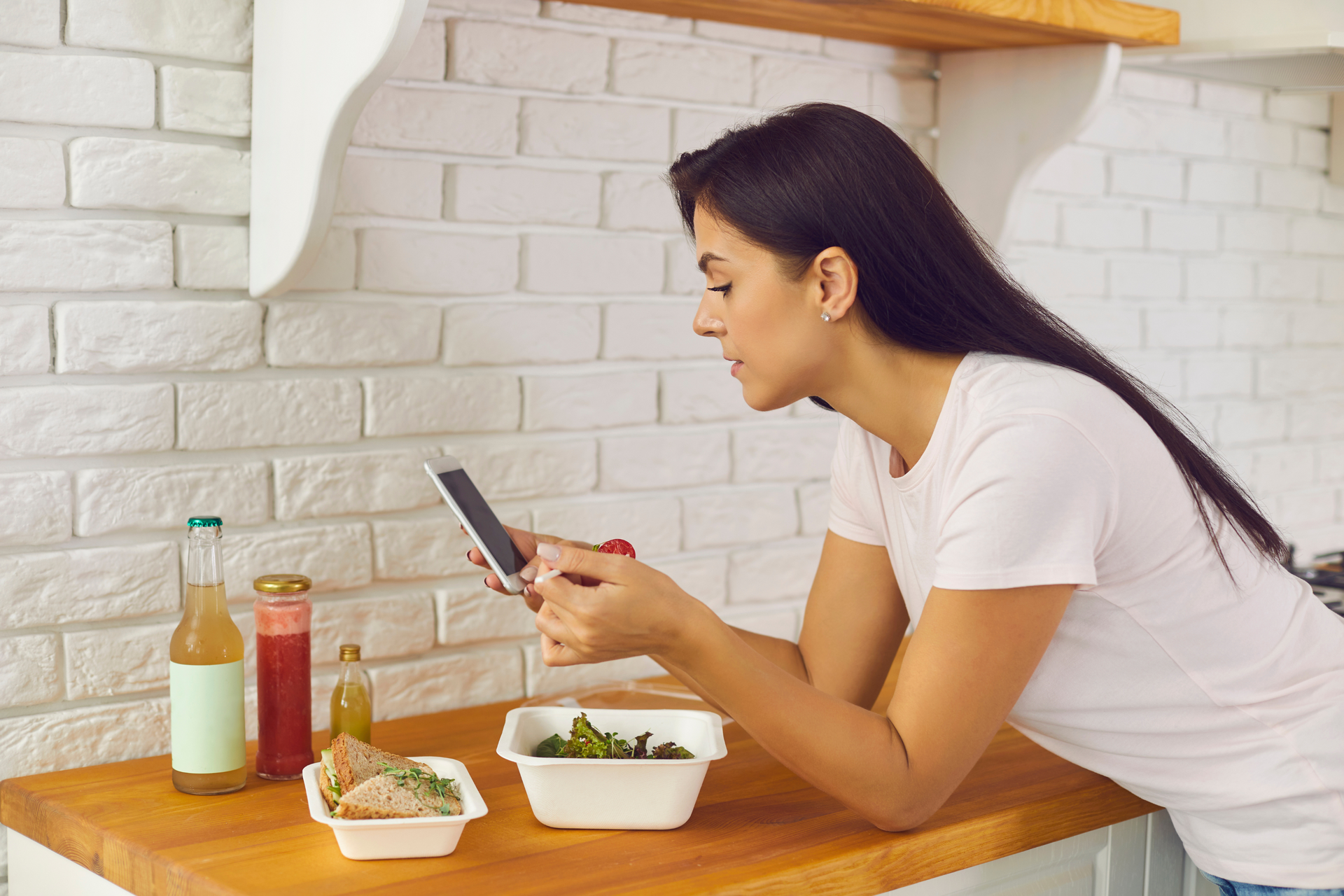
Pros and cons of meal delivery services
Time and convenience
Meal delivery services are a great time-saver and a convenient option if you don’t have the time to shop for groceries and cook your own meals. Compared to ordering takeout or fast food, meal delivery kits are likely to be more nutritious and less processed.
“I always tell people that their time is valuable and the more they can outsource those tasks they don't want to do, they're better off for it,” Hormachea said. “These programs really do take the burden off of cooking and meal prep.”
These delivery services may be especially helpful for people living alone, as they offer single-serve meals. Hormachea added that most grocery stores and recipes aren’t really tailored to cooking single portions, which can make cooking for one difficult.
Precise nutrition
Meal delivery kits can be beneficial for people concerned about portion control and nutrition. It can be challenging to estimate the exact number of carbohydrates or calories in a meal you cook yourself, while prepackaged meals contain exact counts. Plus, some programs offer meals specifically for weight loss.
Meal delivery kits can also be an educational tool for trying a new eating pattern, said Hormachea. For instance, if you’re curious about the Mediterranean diet, you could subscribe to a Mediterranean meal delivery plan for a month to try new foods and get inspired. Once you find a few favorite dishes, you can try to replicate them yourself.
Improvements in A1C and other health outcomes
Research suggests that meal delivery programs can benefit people with diabetes. Several small studies have shown that people with type 2 diabetes improved their time in range and significantly lowered their A1C while using meal delivery kits. While these programs can be expensive, meal delivery programs can be especially beneficial for improving diet quality in people with food insecurity. That is, these services offer fresh, healthy meals for people who live in areas where there is little availability of nutritious food.
The downside: cost
Meal delivery kits are certainly more expensive than cooking food at home. A typical delivered meal ranges from about $7-15 per serving (without shipping), whereas meals you cook at home can cost as little as $3 per serving. Meal delivery kits typically charge for shipping, or must be picked up locally, which can add additional costs.
Generally, Hormachea said that the more meals you buy, the more affordable they are. For instance, ordering 15 meals a week will cost less per meal than ordering just six meals per week. Likewise, meal delivery services with greater medical customization are likely to cost more than basic plans.
Be on the lookout for coupons, Hormachea said, as many programs run frequent deals. There may also be discounts for new users, so another option to save money is to jump from program to program each month.
Some insurance plans, like certain Medicare and Medicare Advantage plans, may cover meal delivery for people with diabetes and other chronic health conditions. Reach out to your healthcare provider or insurance provider to learn more.
Factors to consider when selecting a meal delivery service
Everyone has different needs when it comes to meal delivery. Some people may want ready-to-cook ingredients, while others prefer a fully prepared meal that just needs to be reheated. Flavors, price, delivery options, and the subscription model vary across programs, so it’s a good idea to read closely before committing.
Nutritional value
The quality and nutrition of meal delivery can vary substantially, so it’s important to compare nutrition information. For instance, an investigation by STAT News found that medically tailored meals covered by Medicaid were high in sodium, saturated fat, and preservatives – exactly the types of ingredients that older people with diabetes and other health conditions should avoid.
Many programs offer diabetes-friendly meals, low-carb options, or keto and paleo meals. In general, look for diabetes-friendly meals that contain low amounts of refined carbohydrates and added sugars. Meals should be high in fiber, protein, and heart-healthy fats.
People with high blood pressure, heart disease, or kidney disease will also want to look for meals that are low in sodium – the CDC recommends less than 2,300 mg (about one teaspoon) of sodium each day for teens and adults.
Your dietary and household needs
Many meal delivery services offer plans for different diets or allergies, such as plant-based, dairy-free, kidney-friendly, or gluten-free meals. You can typically choose how many meals you want to order each week; some programs may allow you to select how many people or servings.
It’s also important to note that programs vary in flexibility and personalization – some may have set delivery dates or limited choice in meals.
Preparation and storage
Some programs deliver frozen meals that are ready to be reheated, while others offer do-it-yourself kits containing fresh ingredients and cooking instructions. Your needs may depend on how much time you have and your comfort in the kitchen. Likewise, some meal delivery kits can only be stored for a short period, whereas others may last up to 14 days in the fridge.

7 top meal delivery services
Here are our top picks for meal delivery services for people with diabetes (in no particular order). In addition to the commercial options below, Hormachea noted that seniors can sign up for Meals on Wheels, which offers both home delivery and group meals. It’s also worth checking to see if there are free or low-cost options in your local community, she added.
1. Sun Basket
Meals from Sun Basket are designed by a chef and approved by dietitians, and feature organic produce.
Diet friendliness: Diabetes-friendly meals contain 20-70 grams of carbs and at least 10 grams of protein and 5 grams of fiber per serving. Other options include paleo, carb-conscious, keto-friendly, gluten-free, vegetarian, Mediterranean, pescatarian, and fresh & ready.
Meal type: Meal kits (take 15-40 minutes to prepare) or fresh & ready meals (ready in as little as 4 minutes)
Cost per serving: $9.99 and up, plus $7.99 shipping
2. BistroMD
BistroMD offers medically tailored meals for weight loss to fit a range of dietary needs.
Diet friendliness: Diabetes-friendly meals contain up to 25 grams of net carbs, at least 30 grams of protein, and 5 grams of fiber per meal. Other options include gluten-free, weight loss, heart-healthy, keto, menopause, and vegan.
Meal type: Prepared (ready in 5 minutes or less)
Cost per serving: $10.99 and up, plus $19.95 shipping within the continental U.S.
3. Magic Kitchen
Magic Kitchen delivers frozen meals and may be covered by Medicaid and Medicare.
Diet friendliness: Diabetes-friendly meals contain 20-65 grams of carbs. Other options include portion-controlled, kidney friendly, dairy-free, and low-carb.
Meal type: Frozen, ready to heat and eat
Cost per serving: $12.00 and up, plus shipping starting at $18.95 within the continental U.S.
4. Mom’s Meals
Mom’s Meals offers affordable medically tailored meals that are crafted by professional chefs and registered dietitians.
Diet friendliness: Diabetes-friendly meals contain no more than 75 grams of carbs. Other options include general wellness, gluten-free, heart-friendly, lower sodium, protein, pureed, renal-friendly, and vegetarian.
Meal type: Prepared, ready to heat and eat
Cost per serving: $7.99 and up, plus $14.95 for shipping
5. Factor
Factor is a popular option for meals designed by chefs and registered dietitians, particularly as the company offers frequent discounts.
Diet friendliness: No diabetes-friendly plan. Other options include: keto, calorie smart, flexitarian, protein plus, chef’s choice, and vegan & veggie.
Meal type: Prepared, ready to heat and eat
Cost per serving: $10.99 and up, plus $9.99 for shipping
6. HelloFresh
If you’re looking for a pre-packaged meal kit, HelloFresh is a popular choice. Because you do some of the cooking, it tends to be more affordable than other options.
Diet friendliness: No diabetes-friendly plan. Carb-smart recipes contain around 40 grams of net carbs per serving. Other options include meat & veggies, veggie, family-friendly, fit & wholesome, under 20 minutes, and pescatarian.
Meal type: Meal kit with pre-measured ingredients and instructions
Cost per serving: $9.99 and up, plus $10.99 for shipping
7. Daily Harvest
Meals from Daily Harvest are plant-based and feature organic fruits and vegetables. The diabetes-friendly plan offers meals curated by Risely Health founder Lauren Bongiorno, who lives with type 1 diabetes, and registered dietitian and certified diabetes educator Bridget Wood.
Diet friendliness: Diabetes-friendly meals contain approximately 30 to 45 grams of carbs. Other options include heart healthy, Mediterranean, plant-based protein, and gut-healthy.
Meal type: Frozen, ready to heat and eat
Cost per serving: $9.79 and up, plus $9.99 for shipping
The bottom line
Managing diabetes can be challenging, and sometimes this leaves little time for meal prep. Luckily, meal delivery companies offer many options tailored to meet the dietary needs of people with diabetes. When choosing a meal program, be sure to consider your nutrition needs, cost, how much preparation is involved, and the flexibility of the subscription service.
If her clients are considering meal delivery, Hormachea said she always encourages them to give it a try.
“Order some. See what you like. See if that relieves the burden of cooking. See if that helps you stick to your intentions,” she said. “I do think it can be really helpful.”
Healthy Bites
